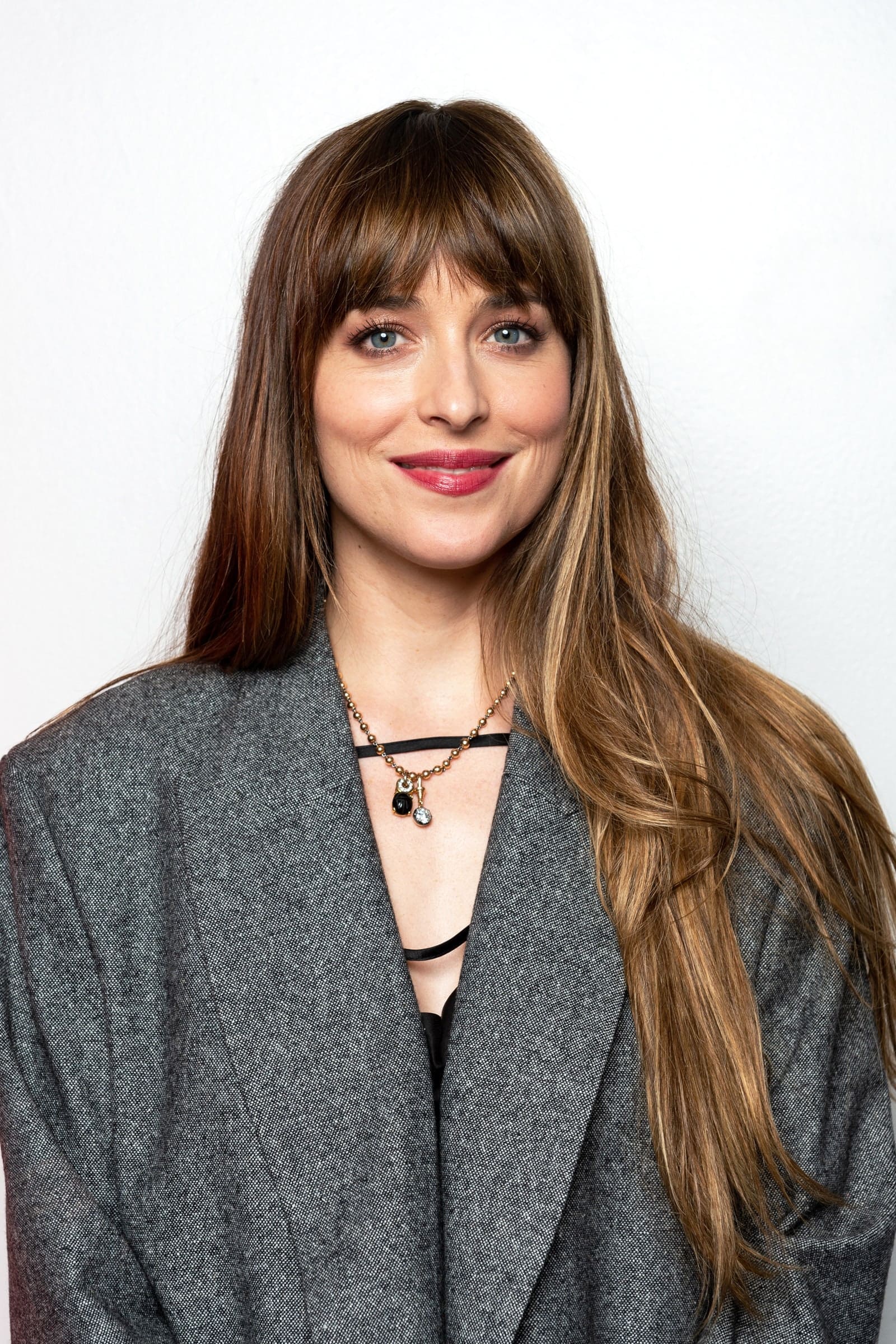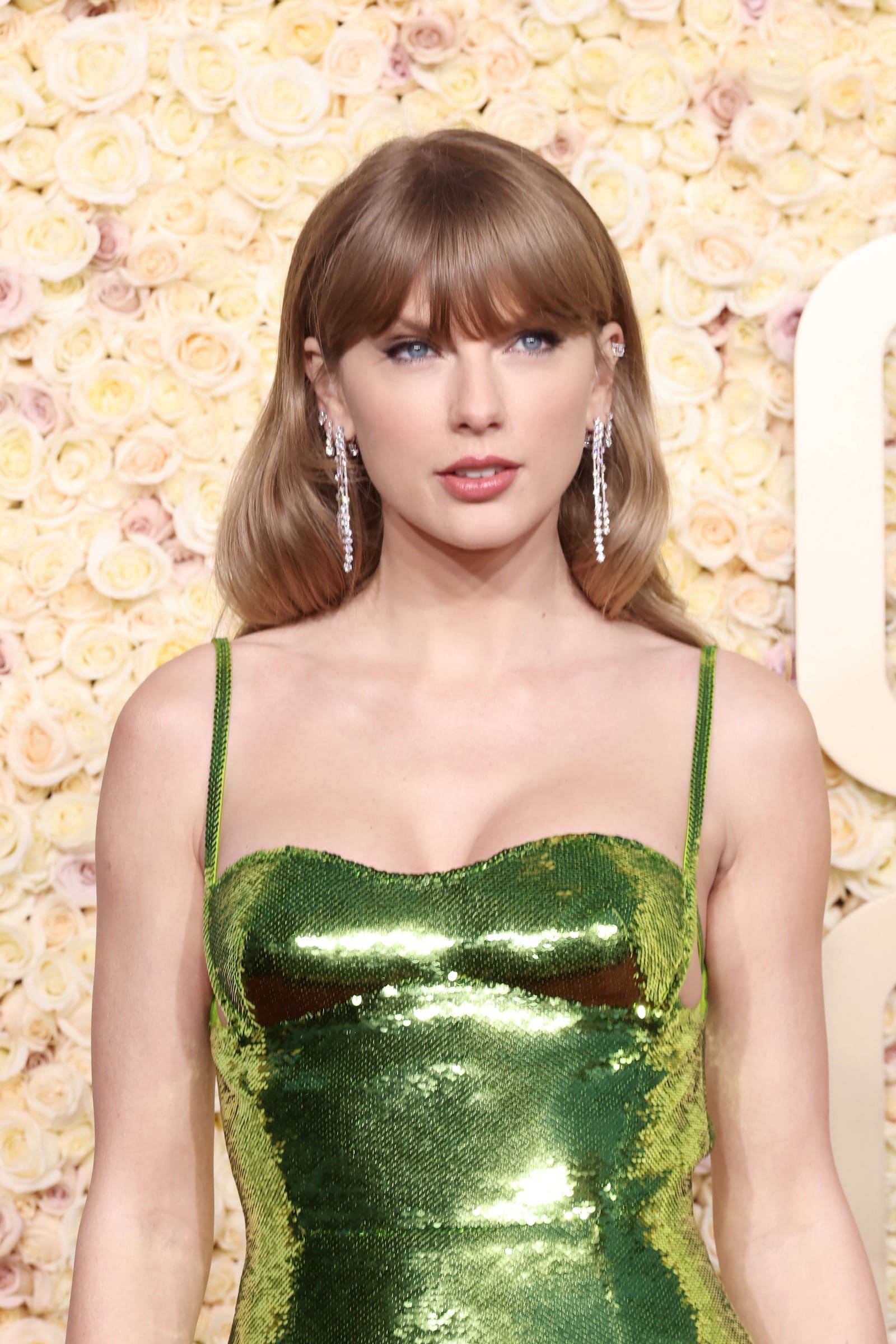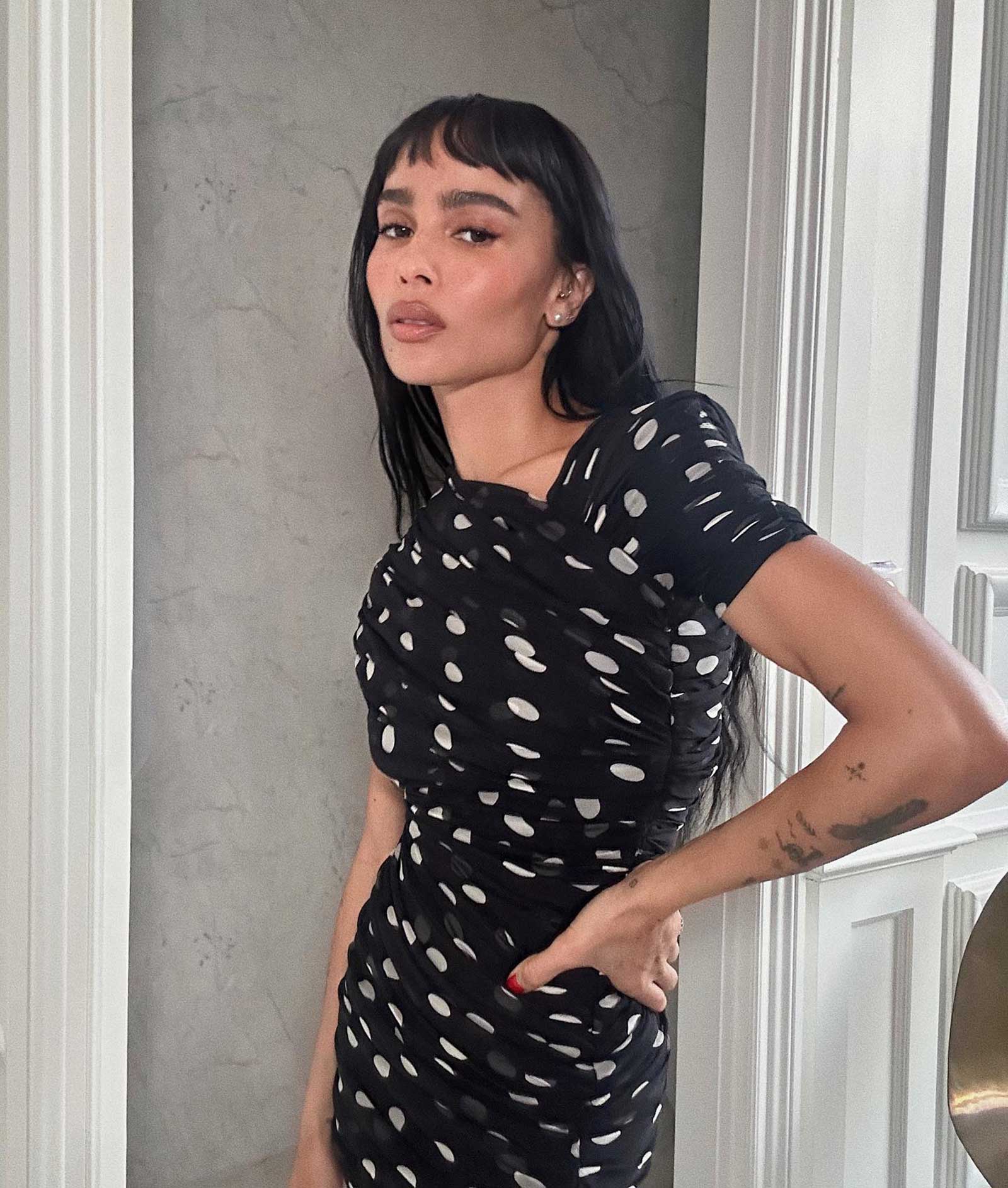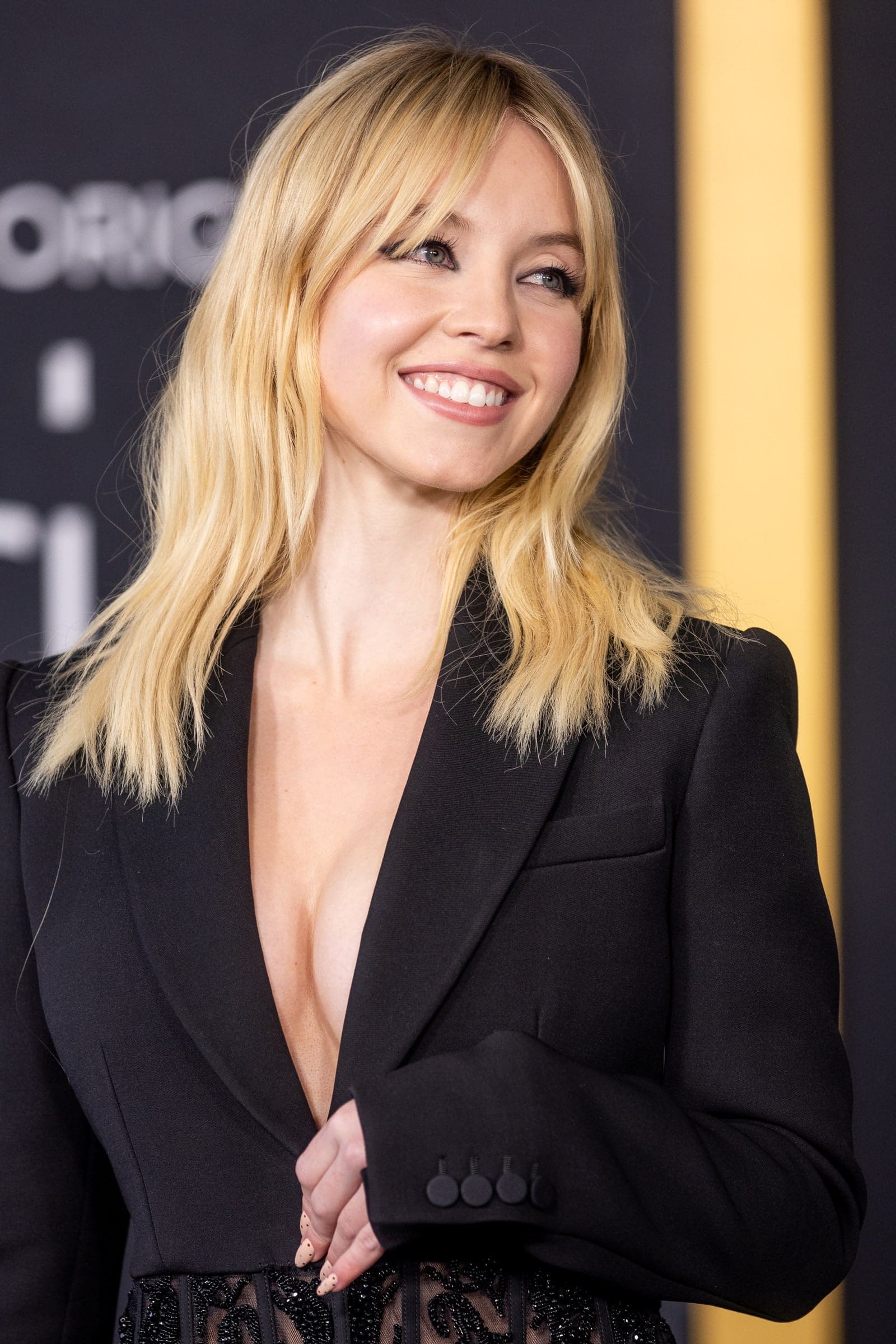Taylor Hill/Getty Images
It might be time to bid farewell to your forehead—the humble bang has never been more popular. Stats from Google suggest that we’re not just scouting out new bob hairstyles to try, but different kinds of bangs, too–some of our most searched favorites include Birkin bangs (inspired by the late Jane Birkin), and those belonging to a certain Sabrina Carpenter.
But do you dare? Getting new fringe in may appeal in theory, but in practice it can be another story. Will it look good? Will I be able to style it myself at home? Will bangs suit my face? Since they take a while to grow out, it’s a good idea to heed our two hair experts’ advice and do your research before taking the plunge. The truth is that there is a set of bangs to suit everyone – all you need is some inspo, and the help of a good stylist.
What to consider before getting bangs
The first thing you should consider is what style of bangs you like–seek out images on Pinterest, in magazines, or on social media. “Then, it’s all about finding a hairstylist and talking to them about getting a fringe,” suggests Larry King. “It’s really all about having your fringe personalized to your face shape–the majority of bangs can work on everyone, as long as the hairdresser tailors them to your features.”

Paul Percival, founder of Percy & Reed, adds that it’s key to consider how your hair texture and hairline will work with bangs, as well as how much time and effort you’re willing to put into styling one. “There are so many people that love the idea of a blunt-cut fringe but have, as an example, wavy hair,” he says. “This is fine if you’re happy to spend five minutes blowing your fringe out when needed, but if you’re a wash-and-go kind of girl, it might drive you crazy. Basically, if you’re happy to maintain a fringe, then pretty much anyone can make it work.”
How to find the perfect bangs for your face shape
As a general–and very basic–rule of thumb, Percival advises choosing a style that gives your face a more oval look. Make sure you have a consultation with your hairstylist and be clear about what you do and, perhaps more importantly, don’t want. To make the process fun (and a lot easier), King now offers a Fringe Bar in his London salons, with eight different looks to choose from, all of which can be adapted to your specifications. Alternatively, try a clip-in fringe, to experiment with the style before committing fully.
Meanwhile, if you’re looking for inspo relevant to your specific face shape, then look no further:
Heart-shaped face
“For heart-shaped faces, I suggest asking for a fringe that is more of a half-moon shape,” says Percival. “By this, I mean you want the fringe to be shorter in the middle and longer towards the sides.”


Round face
Rounder faces require some length to help balance and elongate the face. “You might want to try a grown-out bang, something that’s a bit more flexible that you can lift up and switch from side to side, or maybe go for a sweeping fringe,” King says.

Long face
“It’s all about long, grown-out-looking fringes,” says Percival. “That can be a curtain fringe, or bangs styled to the side, but essentially it’s all about keeping the length that little bit longer.”

Square-shaped face
Square-shaped faces should try curtain bangs or more choppy, ’70s-style fringes: “Both work really well for this face shape–anything that blends into soft layers around the face will work well,” says Percival.

Oval face
The world of fringes is your oyster! Whether micro, blunt or grown-out fringe, those with oval face shapes can afford to be super experimental with their cut.

A universally flattering bang
A style that is flattering on most people, regardless of face shape or hair texture? “A slightly grown out curtain fringe,” confirms Percival. “They tend to be low-maintenance and easy to adapt to each individual when being cut in.”

This article was originally published on Vogue.com.
